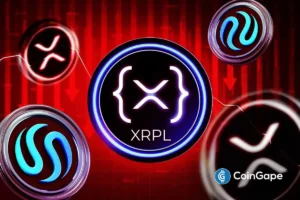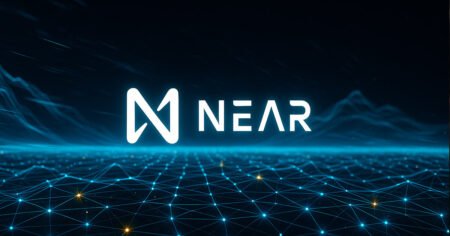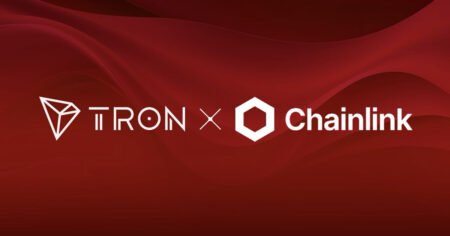Liquid staking protocols have been on the rise on the Ethereum blockchain since the transition to Proof-of-Stake (PoS) after The Merge event in September 2022. Recently, there has been an increasing focus on restaking, particularly with the rise of liquid restaking tokens (LRTs). EigenLayer has emerged as Ethereum’s second-largest DeFi protocol with a Total Value Locked (TVL) of $12.4 billion, thanks to its staking infrastructure and surplus security budget. The protocol allows validators to earn extra rewards by securing actively validated services (AVS) through restaking their staked ETH.
EigenLayer’s TVL growth positions it as the second-largest DeFi protocol on Ethereum, just behind Lido, the leading liquid staking protocol. The restaking protocol of EigenLayer was launched on Ethereum’s mainnet in June 2023, with plans to introduce AVSs in the next phase of its rollout in the second quarter of 2024. This innovative concept of restaking enables validators to secure new Ethereum features like data availability layers, rollups, bridges, oracles, and cross-chain messages, potentially earning additional rewards. This introduces a new income stream for validators in the form of “security-as-a-service”.
Coinbase’s report highlights the emerging ecosystem around Liquid Restaking Tokens (LRTs), which mirrors the success of Liquid Staking Tokens (LSTs). With over half a dozen protocols offering their own versions of liquid restaking tokens, there are diverse incentives and airdrop schemes in the ecosystem. Approximately 62% of the 3 million ETH locked in EigenLayer is wrapped in secondary protocols, showcasing the popularity of liquid restaking tokens.
The future of restaking tokens, according to Coinbase, could serve as a pathway for ETH returns, especially if there is a decrease in native staking issuance due to increased participation in staking activities. However, challenges are expected for Liquid Restaking Tokens (LRTs) in the near term, as AVS yields are relatively low post-launch. The first AVS, EigenDA, is expected to roll out in early Q2 2024, functioning as a data availability layer similar to Celestia or Ethereum’s blob storage.
With the success of the Dencun upgrade in reducing layer-2 (L2) fees significantly, Coinbase anticipates that EigenDA will provide a cost-effective avenue for L2 transactions, contributing to Ethereum’s diverse toolkit. Liquid staking protocols and restaking tokens are gaining momentum on the Ethereum blockchain, promising new opportunities for validators to earn additional rewards and secure new features on the network. As the ecosystem continues to evolve, it will be interesting to see how liquid restaking tokens and AVSs shape the future of decentralized finance on Ethereum.

















